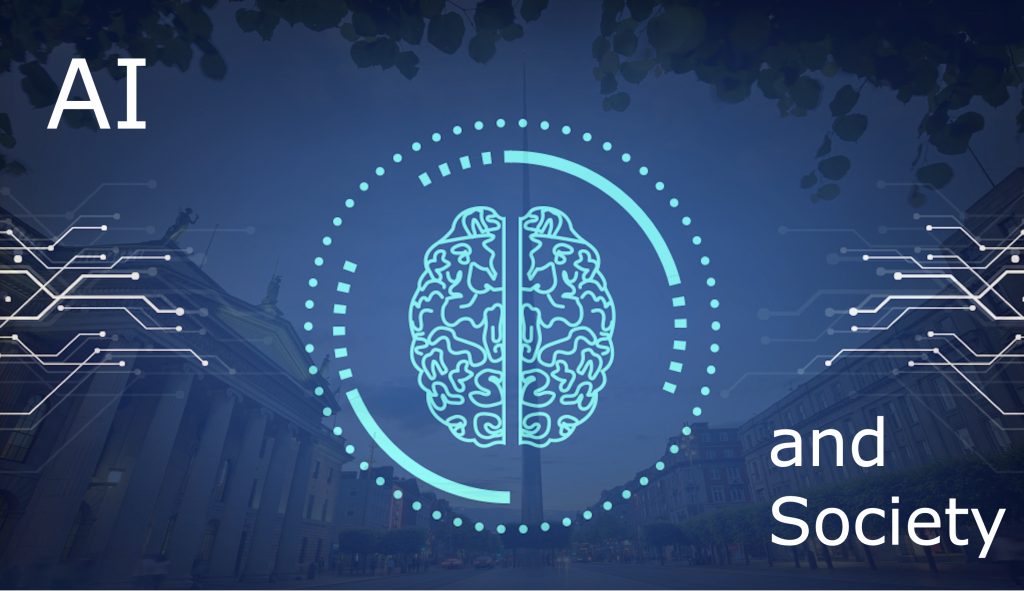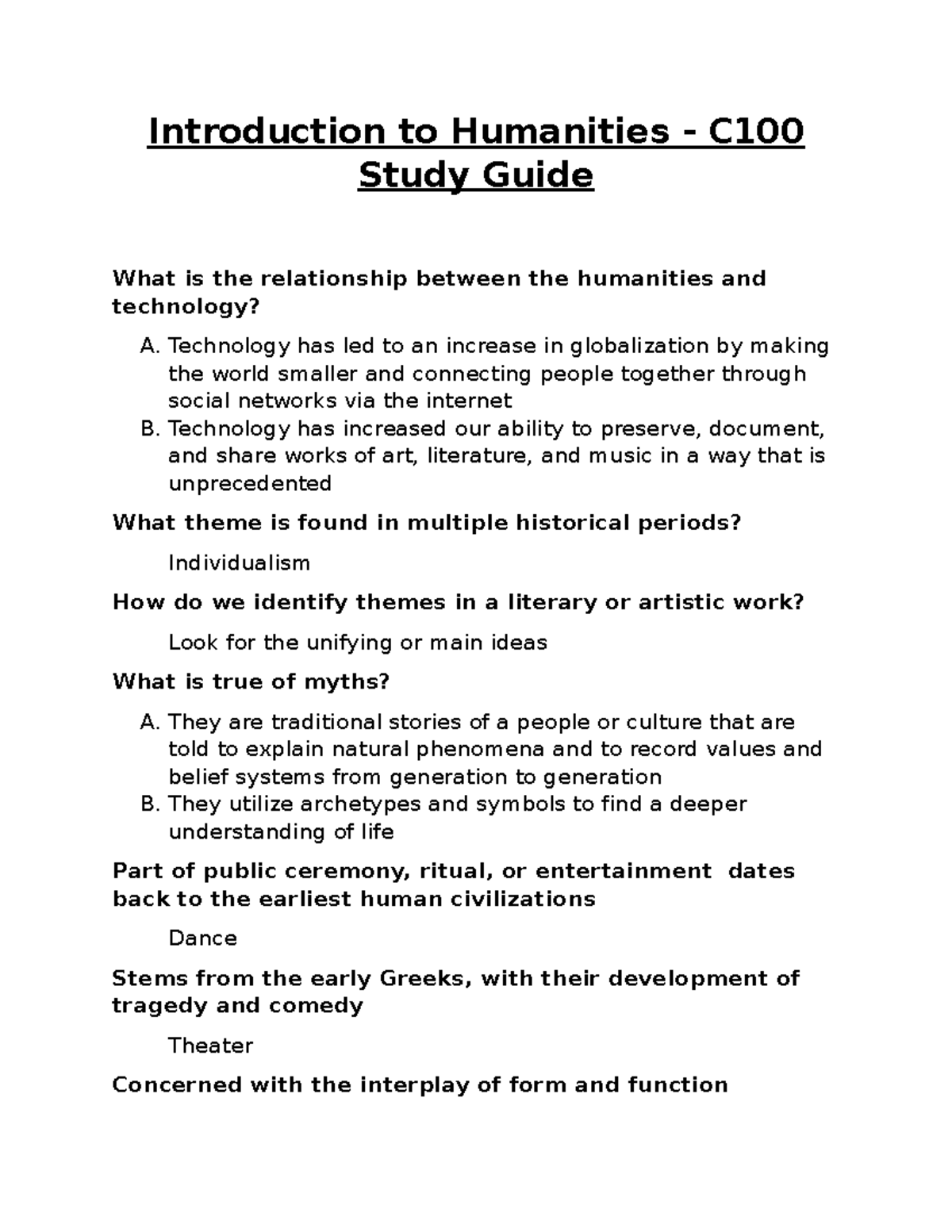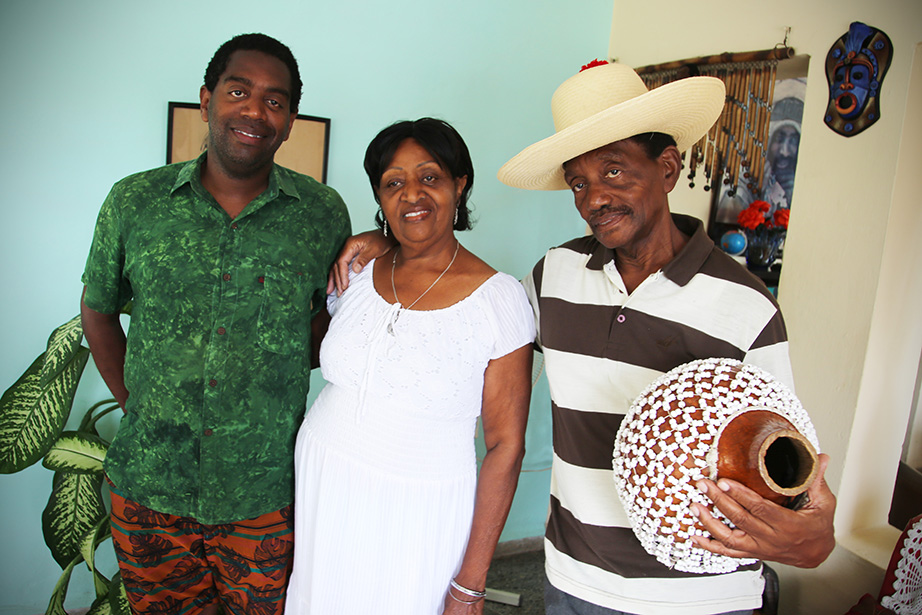AI in photojournalism is transforming the way we capture and interpret pivotal moments around the world. As artificial intelligence technologies advance, their impact on photography is becoming increasingly profound, sparking debates regarding both creativity and ethical considerations. While AI poses challenges, such as the potential creation of misleading imagery, it also offers innovative solutions for preserving photo archives and enhancing the integrity of visual storytelling. By harnessing AI’s capabilities, photojournalists can better organize and contextualize their vast collections, ensuring that significant historical images remain accessible and meaningful. The intersection of photography and technology thus presents an exciting opportunity to explore both the future of photojournalism and the preservation of memories that define our collective experience.
The integration of artificial intelligence in visual storytelling is reshaping the landscape of journalism, especially through the lens of photography. This revolutionary shift reflects the growing reliance on technology to not only create compelling images but also to manage extensive archives that document our history. The relationship between AI and photographic practice opens a dialogue about how new tools can enhance our understanding of visual narratives while posing significant ethical questions. As the industry grapples with the duality of innovation and authenticity, the future of image-making stands at a crossroads, where preserving the essence of photographic art amidst technological advancements becomes paramount. Through careful exploration, we can unlock the potential of AI to reinforce the core values that define photography — truth, legacy, and the interpretation of our shared moments.
The Role of AI in Photojournalism: A Double-Edged Sword
The integration of artificial intelligence (AI) into photojournalism presents a significant paradigm shift in how images are captured, interpreted, and utilized. On one hand, AI has the potential to revolutionize the industry by assisting photojournalists in sifting through vast archives, efficiently categorizing images, and even contextualizing their historical significance. As Kira Pollack emphasizes in her interviews, using AI technology could mean the preservation of vital visual records that document critical historical events, especially in situations where human oversight may fall short. In this sense, AI becomes a tool for enriching the narrative of photojournalism rather than replacing it.
However, the rise of AI in photography is not without its challenges. Concerns regarding misrepresentation through AI-generated images, copyright issues, and the potential erosion of public trust loom large. As AI can create hyper-realistic images without capturing true moments or emotions, it raises ethical questions about authenticity. This duality of AI as an assistant and an adversary leads to ongoing discourse on how to harness its capabilities while safeguarding the integrity and credibility of photographic documentation.
Preserving Photo Archives: The Necessity of AI
The challenge of preserving photo archives has never been more pressing, especially as the world grapples with the overwhelming influx of digital media. Pollack’s approach emphasizes the importance of archiving as a living history rather than a cluttered collection of forgotten images. With an estimated 95% of photojournalistic images unseen, AI could prove invaluable in preserving these treasures by employing sophisticated categorization and contextualization techniques. This ensures that future generations can access a more comprehensive view of historical events as captured by those who lived them.
Moreover, AI can significantly enhance the process of digital archiving by providing tools that identify, categorize, and even restore photographs to their original quality. By automating the tedious aspects of archiving, photojournalists can focus more on their craft and storytelling, ensuring their insights and experiences are not lost to time. However, it’s crucial that this process respects the rights of the photographers and maintains the visual truth of the captured images, preventing unauthorized usage that could undermine the original context.
Navigating the Ethical Landscape of AI in Photography
The ethical implications of using AI in photography and photojournalism are complex, necessitating a careful navigation of integrity and innovation. While AI tools can aid in cataloging and preserving images, they also pose risks related to ownership and authorship. Photojournalists fear that their work may be exploited without consent, reinforcing the need for clear guidelines and ethical standards in the application of AI technologies. Pollack’s research points towards utilizing AI responsibly, emphasizing the importance of protecting photographers’ rights as a priority in this digital age.
Additionally, the challenge of ensuring that AI-generated content does not erode public trust in visual media is paramount. As AI creates increasingly realistic images, the distinction between genuine photojournalism and fabricated visuals blurs, raising concerns about misinformation. The focus should remain on how AI can enhance journalistic integrity by facilitating responsible practices that ensure transparency and authenticity in images shared with the public.
AI and Photojournalism: Transformative Potential and Risks
AI’s entry into photojournalism signifies a transformative potential that could redefine how stories are told through images. By assisting in the analysis and interpretation of complex situations depicted in photographs, AI not only elevates the understanding of content but also enhances the storytelling aspect inherent in photojournalism. For instance, AI tools can analyze multiple elements in a single image, offering insights that might be missed by the human eye. This advancement could lead to richer narratives around significant historical events.
Conversely, the risks associated with AI in this domain cannot be overlooked. Issues of copyright infringement and the ability of AI to replicate styles or generate misleading images raise critical questions about authorship and ownership. The delicate balance between leveraging technology to enhance the craft and protecting the authenticity and origins of visual media remains a central debate in the field. Kira Pollack encourages an informed discussion about these dynamics, stressing the necessity for photojournalists to adapt and engage with AI while advocating for their rights.
Exploring LSI Terms in the Context of AI and Photography
Latent Semantic Indexing (LSI) is a powerful tool that can help enhance SEO by strategically using related terms throughout content. In the evolving conversation on AI’s influence on photography, terms like “impact of AI on photography” and “challenges of AI in photography” are essential for capturing search interest. By incorporating these terms into discussions about ethical practices, AI-assisted archiving, and innovative storytelling, photographers can better position their work for online discoverability, ensuring insights reach the intended audiences.
Furthermore, integrating concepts like “preserving photo archives” guarantees that the importance of documentation and legacy is not lost in the technological shift. By emphasizing the preservation aspect alongside discussing AI’s capabilities, writers can connect with audiences who value historical authenticity and narrative depth. This multidimensional approach not only boosts SEO but also enriches the discourse around AI’s role in shaping the future of photography.
The Future of Photos: Protecting Authenticity in a Digital Age
Looking ahead, the challenge of maintaining authenticity in photography while embracing advancements in AI is critical for the industry. As photojournalists navigate an increasingly complex digital landscape, the focus should remain steadfast on the core values that define the art: truth, memory, and authorship. By harnessing AI’s capabilities to better archive and analyze their work, photographers can ensure that their voices remain influential amid a tidal wave of digital reproductions and generative content.
Furthermore, as technology evolves, it is imperative that the photographic community advocates for rights and ethical standards that safeguard their craft. The conversation surrounding AI and its implications for journalism must be ongoing, with emphasis placed on how these tools can solidify the truth rather than complicate it. Pollack, through her fellowship, aims to stimulate such discussions, bridging the gap between the technological potential of AI and the artistry of photography in a way that respects the profession’s integrity.
AI Enhancements: Opportunities for Creative Expression
The fusion of AI with photography opens new avenues for creative expression, allowing photographers to push the boundaries of traditional practices. By utilizing AI tools, such as those that facilitate image enhancements or generate narrative-driven visual content, artists can explore innovative formats and styles that resonate with contemporary audiences. This technological synergy marks a shift where creativity is no longer restricted by accessible tools but instead amplified through them.
In essence, as AI advances, it empowers photographers to experiment with their craft, blending the realms of reality and imagination in ways previously unimagined. The photographic narrative can evolve beyond capturing mere moments, allowing for storytelling that intertwines complex themes and emotions, enriching the visual tapestry of contemporary journalism. This artistic evolution reflects a broader trend within the industry as it adapts to the capabilities offered by modern technology while safeguarding its foundational values.
Balancing Technology with Artistic Integrity
As AI continues to reshape the landscape of photography, finding equilibrium between technological advancements and maintaining artistic integrity becomes paramount. Photojournalists must critically assess how these tools can enhance, rather than detract from, their work. The essence of photography lies in its ability to convey truth and emotion, a task that should be approached with mindfulness toward authenticity when employing AI functionalities.
Moreover, this balance extends to how AI’s capabilities are communicated to the audience. Clear distinctions should be made between AI-generated content and authentic images captured by photographers. By fostering open dialogues on the role of technology in their craft, photojournalists can cultivate trust with their audience while also embracing innovation. The future of photography will likely hinge on this delicate balance, as creators strive to uphold their art’s ethical and emotional appeal in a rapidly changing environment.
Engaging Diverse Perspectives on AI in Photography
Engaging a variety of perspectives on the intersection of AI and photography is vital as the industry navigates through this transformative time. By collaborating with technologists, ethicists, historians, and other stakeholders, photojournalists can gain insights into the broader implications of AI on their work. Such interdisciplinary dialogues help ground the conversation in diverse experiences and knowledge, leading to more comprehensive strategies for leveraging AI responsibly.
Additionally, these discussions can illuminate the potential of AI to not only streamline processes but also enhance the storytelling capacity of photojournalism. By understanding different viewpoints, photographers can identify new applications for AI that reflect their values while respecting ethical boundaries. This collaborative approach is essential for fostering innovation that truly enhances the art of photography without compromising its integrity.
Frequently Asked Questions
What is the impact of AI on photography and photojournalism?
The impact of AI on photography and photojournalism is profound, as it introduces both opportunities and challenges. AI tools can enhance the efficiency of capturing, editing, and organizing images, but they also raise concerns over copyright issues, misinformation, and the potential loss of authenticity in visual storytelling. Photojournalists must navigate these changes to preserve the integrity of their work while embracing technological advancements.
How can AI assist in preserving photo archives in photojournalism?
AI can play a crucial role in preserving photo archives by automating the organization and categorization of vast collections. With AI’s ability to analyze images, it can help identify and contextualize photos, making them more accessible for future generations. This technology allows photojournalists to safeguard their legacy and ensure that important visual stories remain discoverable despite the overwhelming influx of digital content.
What are some challenges of AI in photography and photojournalism?
Challenges of AI in photography include the risk of misinformation generated by AI-created images, copyright infringements from unauthorized use of visual data, and the potential erosion of trust in photojournalistic integrity. Furthermore, understanding and controlling AI algorithms present obstacles for photographers to maintain authorship and ensure that AI tools support, rather than undermine, the core values of truth and ethics in journalism.
How does AI influence the authenticity of visual storytelling in photojournalism?
AI significantly influences the authenticity of visual storytelling by introducing risks of altered or fabricated images that can easily distort public perception. While AI can enhance creativity and streamline workflows, it also poses existential threats as it enables the production of photorealistic images without a camera. The photojournalism community must find ways to integrate AI wisely to uphold the authenticity and trustworthiness of their work.
In what ways can technology and AI transform the future of photography and photojournalism?
Technology and AI can transform the future of photography and photojournalism by allowing for more efficient workflows in image processing, enhancing the ability to analyze and curate large volumes of photos, and aiding in the identification of historical context. These tools can help photojournalists preserve their archives and promote deeper engagement with visual history, but they must be used ethically to protect the essence of storytelling.
| Key Point | Details |
|---|---|
| AI’s Impact on Photography | Kira Pollack discusses how AI poses both challenges and opportunities in the photography industry, highlighting concerns like misinformation and copyright. |
| Preservation of Archives | Pollack emphasizes the importance of preserving photojournalism archives, which often contain unseen material that documents historical events. |
| AI’s Role in Analysis | Experimentation with AI includes categorizing and interpreting complex images from conflict zones to enhance understanding of visual storytelling. |
| Erosion of Trust | The rise of generative AI risks undermining public trust in real images, raising concerns about the authenticity of visual content. |
| Future of Photojournalism | The fellowship aims to foster dialogue on how to responsibly integrate AI into photography while maintaining core journalistic values. |
Summary
AI in photojournalism has the potential to transform the industry significantly. Kira Pollack’s initiatives highlight both the risks and opportunities that come with AI technology. While challenges such as misinformation and copyright infringement still loom large, the integration of AI can also help preserve valuable visual archives that offer a historical account of our times. As we navigate this evolving landscape, it is essential for photojournalists to engage in proactive discussions about technology’s role in reinforcing the authenticity and integrity of visual storytelling.


